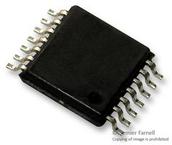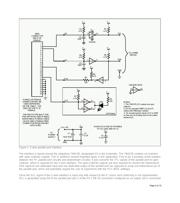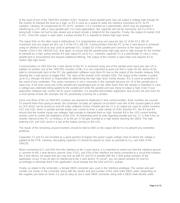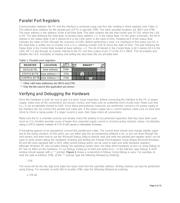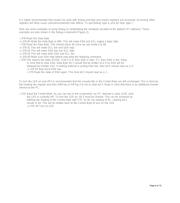下载

Maxim > Design Support > Technical Documents > Application Notes > Digital Potentiometers > APP 3230
Maxim > Design Support > Technical Documents > Application Notes > General Engineering Topics > APP 3230
Keywords: parallel port, interface, 2-wire, serial port, I2C
APPLICATION NOTE 3230
How to Use a PC's Parallel Port to Communicate with 2-
Wire Devices
By: Brian Vasquez
Jun 15, 2004
Abstract: The purpose of this application note is to show how to build a quick, simple, and cheap 2-wire (I²C-compatible)
interface using a PC's parallel port. This application note was specifically written for those who just received or just ordered
Dallas Semiconductor device samples and realized that they now need a way to communicate with the 2-Wire devices.
Although many solutions exist, the one presented here does not require a microcontroller, firmware, nor any difficult to
procure ICs. To further aid in the task at hand, Windows® 95/98 software is provided to eliminate the headaches associated
with the daunting task of trying to debug both hardware and software simultaneously. Being given the software, along with a
couple debugging tools, all efforts can be applied solely to getting the hardware up and running as quick as possible.
Introduction
The purpose of this application note is to show how to build a quick, simple, and cheap 2-wire (I²C-compatible) interface
using a PC's parallel port. This application note was specifically written for those who just received or just ordered Dallas
Semiconductor device samples and realized that they now need a way to communicate with the 2-Wire devices. Although
many solutions exist, the one presented here does not require a microcontroller, firmware, nor any difficult to procure ICs.
To further aid in the task at hand, Windows 95/98 software is provided to eliminate the headaches associated with the
daunting task of trying to debug both hardware and software simultaneously. Being given the software, along with a couple
debugging tools, all efforts can be applied solely to getting the hardware up and running as quick as possible.
Since this hardware does interface to a PC, the standard disclaimers apply. Although the presented hardware and software
was built and tested together, use at your own risk. Be sure to double and triple check all connections and power supply
voltage since it will directly connect to the PC's parallel port circuitry. Dallas Semiconductor/Maxim cannot be held
responsible for any damages that can result. This solution is intended for evaluation purposes only and not intended to be
used in production or distribution. Although the current software is Win95/98 only, a future version will be available which
will support Win NT.
Why Use the Parallel Port Instead of the Serial Port or USB?
The parallel port was chosen in this application note because the goal was to build an interface quick, simple, and cheap.
The parallel port interface is based around a 74HC05 logic chip along with some passive components. A serial port solution
on the other hand would require a microcontroller, firmware, programmer or in-system-programmability, level translators,
crystal, as well as many more passive components. Likewise, USB also requires a considerable amount of hardware, in
addition to a much greater software and firmware investment. Furthermore, debugging USB hardware often requires very
expensive protocol analyzers. So in terms of our goal, the selection is a obvious. But before the final decision is made, the
Page 1 of 10

